We're off to Villennes-sur-Seine, a charming village in the Yvelines and Chevreuse valleys, to discover a park that's as beautiful as it isunusual. A park with an artificial waterfall that's a must-see. Named the Parc or Square du Dr Fauvel, it's a site of great beauty, with streams, a transparent river and small bridges opening up to us.
The Parc Fauvel and its grotto commemorate the memory of Dr. Victor Fauvel, who was the village's sole doctor for some 60 years and helped to give birth to many Villennes residents. The estate of the château des seigneurs de Villennes, built during the Renaissance and destroyed after the French Revolution, once extended from this site to the park of today's town hall. Part of an old quarter was also incorporated in 1869, shortly before major work was undertaken to redesign the park in English style.
At the heart of this sloping garden is an artificial grotto, created in 1869 by landscape architect Louis-Sulpice Varé, known for his work in Paris's Bois de Boulogne. Inspired by the Serpentine in London's Hyde Park, Varé transformed a former formal garden into a verdant, serene Eden, where the murmur of water and birdsong invite tranquillity. The grotto itself, along with three waterfalls, were built in the former park of the Château de Villennes, of which only vestiges remain today.
These structures were originally commissioned by Jean Baptiste Paradis, a financial journalist of the time, who sadly did not see the project through to completion, passing away shortly after its completion. The site was subsequently maintained by his daughter, who, despite financial difficulties, preserved this jewel of local heritage.
In 2021, the grotto and waterfalls underwent significant restoration. The restoration involved trimming back overgrown vegetation without felling trees, widening the water inlets to ensure a continuous flow. The largest of the cascades, previously dry, was revitalized. This area is now maintained by the municipality, which uses the spring water from the cascade to irrigate the town's flower beds, thus avoiding the use of drinking water.
When the château's park was transformed into a romantic garden in 1869, landscape architect Louis Sulpice Varé made the bold choice of planting a Phillyrea latifolia. This evergreen plant, native to the Mediterranean basin and southwest Asia, is usually found in oak groves and scrubland up to 1,100 meters altitude. Its presence is therefore exceptional in our region. In recognition of its rarity and beauty, this tree was honored in 2016 by the Agence des Espaces Verts d'Île-de-France as one of the 20 most beautiful trees in our region. It is now considered a precious part of Villennes-sur-Seine's natural and cultural heritage.
Continue your walk below, following the river to discover the Parc de la mairie, where you'll find the Villa Neptune. The Villa Neptune, now the Town Hall, was built in 1910 on land taken from the former château park, which had been subdivided in 1893. Its garden, adorned with an English-style river creating a waterfall and lake, inspired its owner to name it after Neptune, god of seas, springs and rivers. Left derelict for many years, the villa was bought by the municipality in 1980, who then enlarged and refurbished it to become the town hall.
The park, once overgrown, has been restored to its original appearance, although some structures, such as an aviary and pheasantry on the lake island, disappeared long before the renovation. As for Avenue du Parc, renamed Avenue du Maréchal Foch in 1923, it had originally been laid out to serve the villas of the former château estate and provide an additional connection with the lower village of Médan.
Planted around 1880, the majestic Atlas Cedar in the town hall park stands some thirty meters high and has an impressive circumference of 3.80 meters. This tree is a centerpiece of the park and survived the storm of 1999, still bearing the marks of this event. Careful attention has been paid to its healing.
This is a great place to discover for those looking to explore the hidden treasures of the Île-de-France region, and in particular the Yvelines, away from the hustle and bustle of the capital. A corner of nature and history, where past and present meet in harmony, inviting everyone to explore its winding paths and let themselves be lulled by the gentle sound of water.
If you're a keen walker, take note of the map of a proposed walking trail. "Les Boucles des Vergers de l'Ouest Parisien" offers 9 interconnected routes through the five villages of Alluets-le-Roi, Médan, Morainvilliers-Bures, Orgeval and Villennes-sur-Seine. These circuits, of varying lengths and difficulty, are suitable for families and experienced hikers alike. They offer an opportunity to appreciate regional biodiversity and discover cultural treasures as well as exceptional panoramic views. This project was initiated by the Eco-Gaïa 78 association and developed with the help of local hiking associations, Codérando 78 (local representative of the Fédération Française de la Randonnée) and the five municipalities concerned. Detailed route descriptions are available in a rando-guide from the town hall and online on the Eco-Gaïa 78 website, as well as on the websites of the five villages.
In any case, don't forget to continue on to the village of Médan, just a few minutes' walk away, with its many treasures to discover.
To be discovered nearby :
The charming village of Médan in the Yvelines, its castle and its treasures
Nestled in a loop of the Seine just 30 minutes from Paris, the village of Médan offers a wonderful escape into time and history. Once the property of the Abbey of Saint-Germain-des-Prés in the Middle Ages, it now boasts a number of cultural treasures, including its famous 16th-century château and the home of the illustrious Émile Zola. We take you on a voyage of discovery. [Read more]
The Maison Zola, the Dreyfus Museum in Médan, Yvelines
In the heart of the Yvelines region, the Musée Dreyfus, in the grounds of the Maison d'Émile Zola, stands as a place steeped in literary and judicial history. Located in Médan, just an hour's drive from Paris, this historic house and museum is a must-see for anyone interested in the life and work of Émile Zola, as well as the Dreyfus Affair, two major elements of late 19th-century French culture. [Read more]
Did you know? There's an abandoned "ghost" water park in the Yvelines department.
There's no shortage of amazing sites in the Paris region. Such is the case of this "ghost" water park in the Yvelines department. Abandoned for more than 20 years and listed as a Monument Historique in 2009, the former leisure center was a popular spot for families from its inauguration in 1935, and remained so for several decades. Here's the story. [Read more]
Dates and Opening Time
From April 21, 2024 to December 31, 2027
Location
Parc du Dr Fauvel, Villennes-sur-Seine
parc fauvel villennes
78670 Villennes sur Seine
Prices
Free
Recommended age
For all





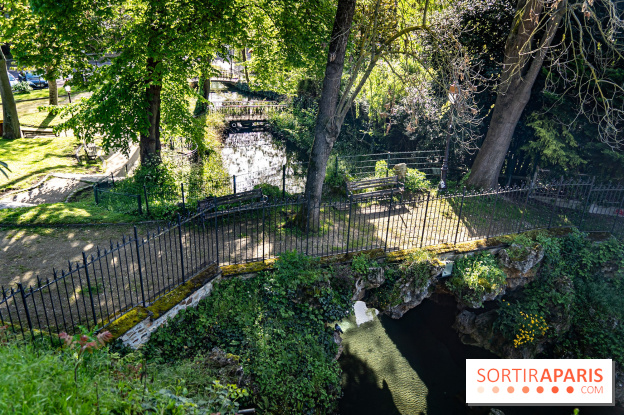











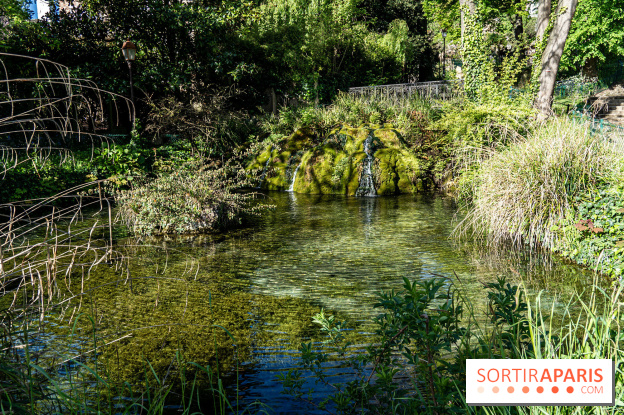




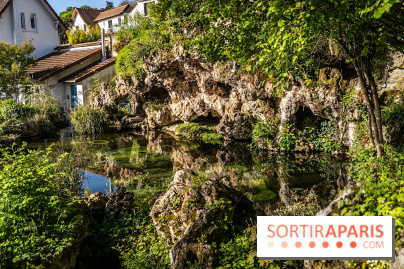



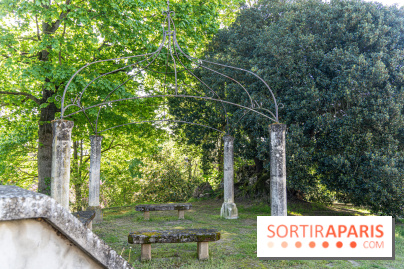








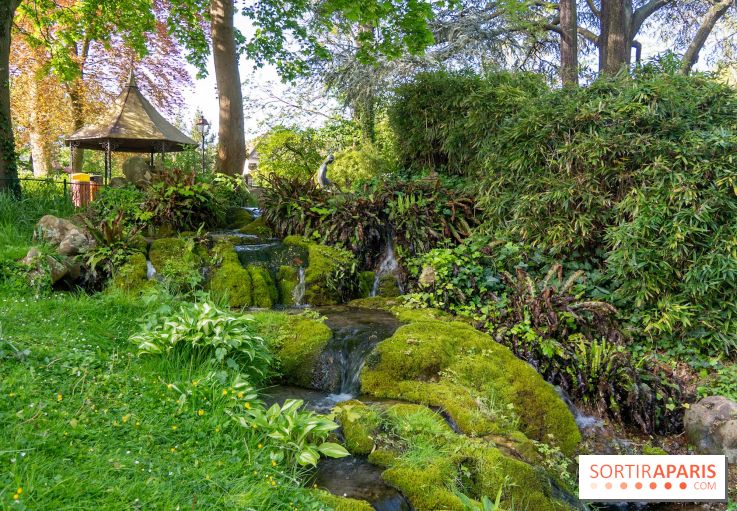

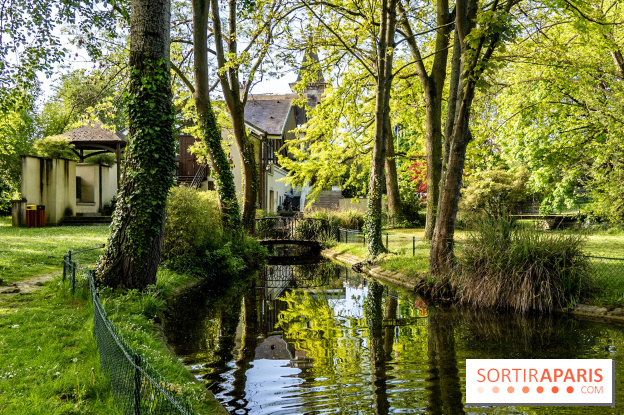








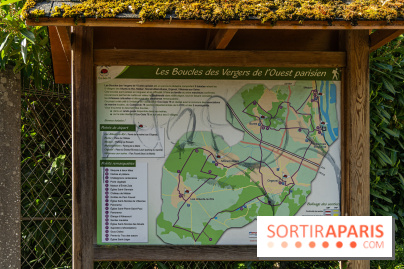




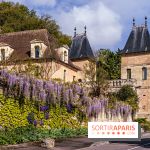 The charming village of Médan in the Yvelines, its castle and its treasures
The charming village of Médan in the Yvelines, its castle and its treasures
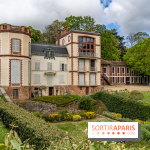

 The Maison Zola, the Dreyfus Museum in Médan, Yvelines
The Maison Zola, the Dreyfus Museum in Médan, Yvelines
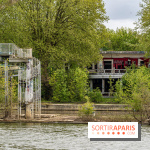

 Did you know? There's an abandoned "ghost" water park in the Yvelines department.
Did you know? There's an abandoned "ghost" water park in the Yvelines department.














